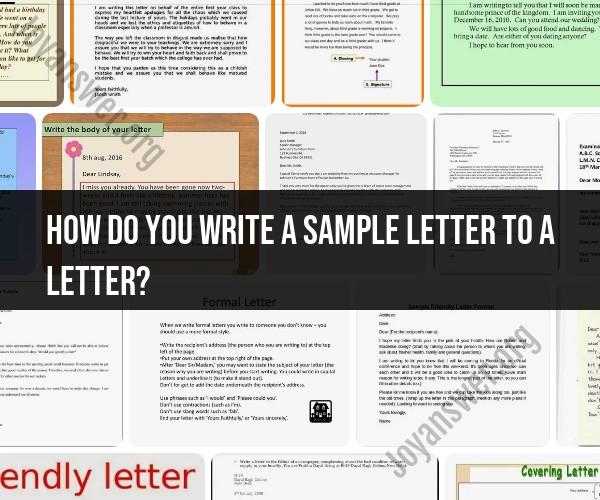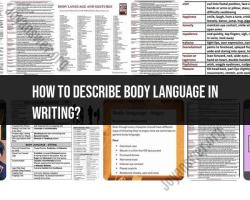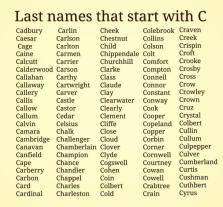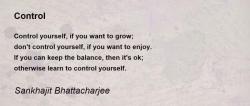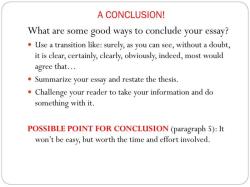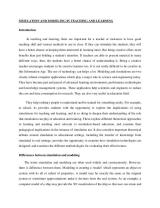How do you write a sample letter to a letter?
Writing a sample letter can be a helpful exercise if you want to create a template for a specific type of letter, such as a cover letter, a thank-you letter, a recommendation letter, or any other type of correspondence. Here's a step-by-step guide on how to write a sample letter:
Step 1: Determine the Purpose and Audience
Identify the purpose of the letter and the audience you're addressing. Consider what you want to convey in the letter and who will be reading it. This will help you tailor your letter's content and tone accordingly.
Step 2: Choose the Format
Select the appropriate format for your letter. Different types of letters have different formats, so decide whether you are writing a formal business letter, a friendly letter, an email, or another type of correspondence.
Step 3: Include Your Contact Information
Place your contact information at the top of the letter, including your name, address, phone number, and email address. If you're writing a formal business letter, you should also include the date.
Step 4: Add the Recipient's Contact Information
Include the recipient's name, title, company (if applicable), and address. Make sure you have the correct contact details.
Step 5: Write a Salutation
Begin the letter with a proper salutation, such as "Dear Mr. Smith," "To Whom It May Concern," or a more informal greeting if the letter's tone is friendly.
Step 6: Compose the Body of the Letter
This is where you convey your message. Start with an introductory paragraph that clearly states the purpose of the letter. Use subsequent paragraphs to provide details, examples, or explanations related to the main message.
Step 7: Use a Closing Paragraph
Summarize your message and provide any necessary follow-up information in the closing paragraph.
Step 8: Write the Closing
End the letter with an appropriate closing, such as "Sincerely," "Best regards," or "Yours faithfully." Sign your name after the closing if you're sending a printed or handwritten letter.
Step 9: Include Additional Elements
Depending on the type of letter, you may need to include specific elements. For example, a formal business letter may require an enclosure notation if you're including additional documents.
Step 10: Proofread and Edit
Before finalizing your sample letter, carefully proofread and edit it to ensure it's free from spelling and grammar errors. Pay attention to clarity and consistency.
Step 11: Save or Print the Letter
Save a digital copy of your sample letter if you're using it as a template. If you're sending the letter, print it on high-quality paper if it's a physical letter or save it as a PDF if you're sending it electronically.
Step 12: Test and Revise (If Necessary)
After using your sample letter template, consider collecting feedback and making revisions to improve its effectiveness for future use.
Remember that the specific content and tone of your letter will vary depending on its purpose and the audience. When writing your sample letter, be sure to customize it to suit the specific circumstances for which you plan to use it.
Crafting a Sample Letter to Accompany a Resume
A cover letter is a one-page document that introduces yourself to potential employers and explains why you are interested in the position you are applying for. It is an opportunity to highlight your skills and experience, and to show the employer why you are the best candidate for the job.
Here is a sample cover letter:
Dear [Hiring Manager name],
I am writing to express my interest in the [position name] position at [company name]. I have been following [company name] for some time now, and I am very impressed with your work in the [industry] industry. I believe that my skills and experience would be a valuable asset to your team, and I am eager to contribute to your continued success.
In my previous role at [previous company name], I was responsible for [list of responsibilities and accomplishments]. I have a proven track record of success in [list of skills and areas of expertise]. I am also a highly motivated and results-oriented individual with a strong work ethic.
I am confident that I have the skills and experience necessary to be successful in the [position name] position. I am eager to learn more about the opportunity and how I can contribute to [company name].
Thank you for your time and consideration. I look forward to hearing from you soon.
Sincerely,[Your name]
Key Elements of an Effective Cover Letter
An effective cover letter should include the following key elements:
- A clear and concise introduction that states your name and the position you are applying for.
- A brief overview of your skills and experience, and how they relate to the position you are applying for.
- A specific example of a time when you used your skills and experience to achieve a positive result.
- A statement of your interest in the position and the company.
- A call to action, such as a request for an interview.
Structuring Your Letter for Maximum Impact
Your cover letter should be well-structured and easy to read. Use clear and concise language, and avoid using jargon or technical terms. Your letter should be no more than one page long, and it should be formatted with standard margins and fonts.
Here is a suggested structure for your cover letter:
- Introduction: State your name and the position you are applying for.
- Body: Highlight your skills and experience, and explain how they relate to the position you are applying for. Include a specific example of a time when you used your skills and experience to achieve a positive result.
- Conclusion: State your interest in the position and the company, and request an interview.
Tailoring Your Letter to the Job Application
Be sure to tailor your cover letter to each specific job you apply for. Highlight the skills and experience that are most relevant to the position, and explain how you can contribute to the company. You can also mention something specific about the company that interests you, or why you are a good fit for their culture.
Proofreading and Polishing Your Sample Letter
Once you have finished writing your cover letter, be sure to proofread it carefully for any errors in grammar or spelling. You can also ask a friend or family member to review it for you.
Here are some additional tips for writing an effective cover letter:
- Be specific and avoid using clichés.
- Be enthusiastic and show your passion for the position and the company.
- Be honest and genuine.
- Keep your letter concise and to the point.
By following these tips, you can write a cover letter that will help you stand out from the competition and land your dream job.
